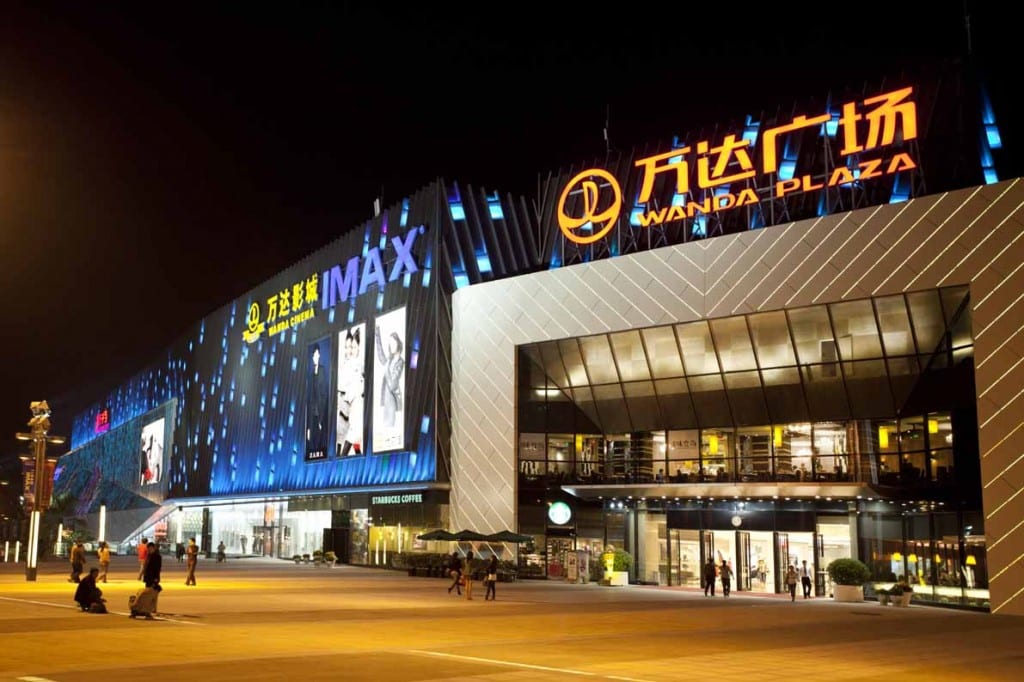
It has been forecast that nearly 80% of retail sales growth in Shanghai between 2014 and 2016 will come from the city’s second-tier commercial areas, according to a research report on commercial real estate and shopping centers.
Beijing, which accounts for 16.66% of the country’s total number of high-net-worth individuals, is considered by retailers to be a market with great growth potential.
A major factor affecting brands’ considerations in making inroads into a shopping mall is its geographic location. A mall in an area with a low vacancy rate is usually more attractive than that with a high vacancy rate, said Fan Hongjuan, head of retail services at DTZ East China.
For instance, the vacancy rate in shopping centers in Hangzhou is as low as under 2%, while the rates in Shenyang, Chengdu and Chongqing are more than 10%, Fan added.
High vacancy rates usually stem from shopping center operators’ incompetence in attracting brands. Brand operators are largely unwilling to set up in shopping centers in remote areas because low business turnover might not offset high rental costs. Even in downtown areas, some shopping centers located in remote parts of the country have been experiencing sluggish business, according to some industry experts.
Under the circumstances, traditional retail business operators are seeking to transform their operating models. Property conglomerate Dalian Wanda Group has devised plans to undergo restructuring of its unprofitable businesses. It has closed a number of its department stores and plans to convert 29 of its 89 karaoke parlors into other types of entertainment outlets, in response to the slump in businesses affected by the country’s slowing economy.
The business conglomerate has also been engaged in transforming toward an “asset-light” business model in recent years.
Meanwhile, Beijing Wangfujing Department Store (Group) has been exploring an online-to-offline business mode to cater to consumers born in the 1980s and 1990s, who are expected to be the main force of consumption in the near future, according to the report.